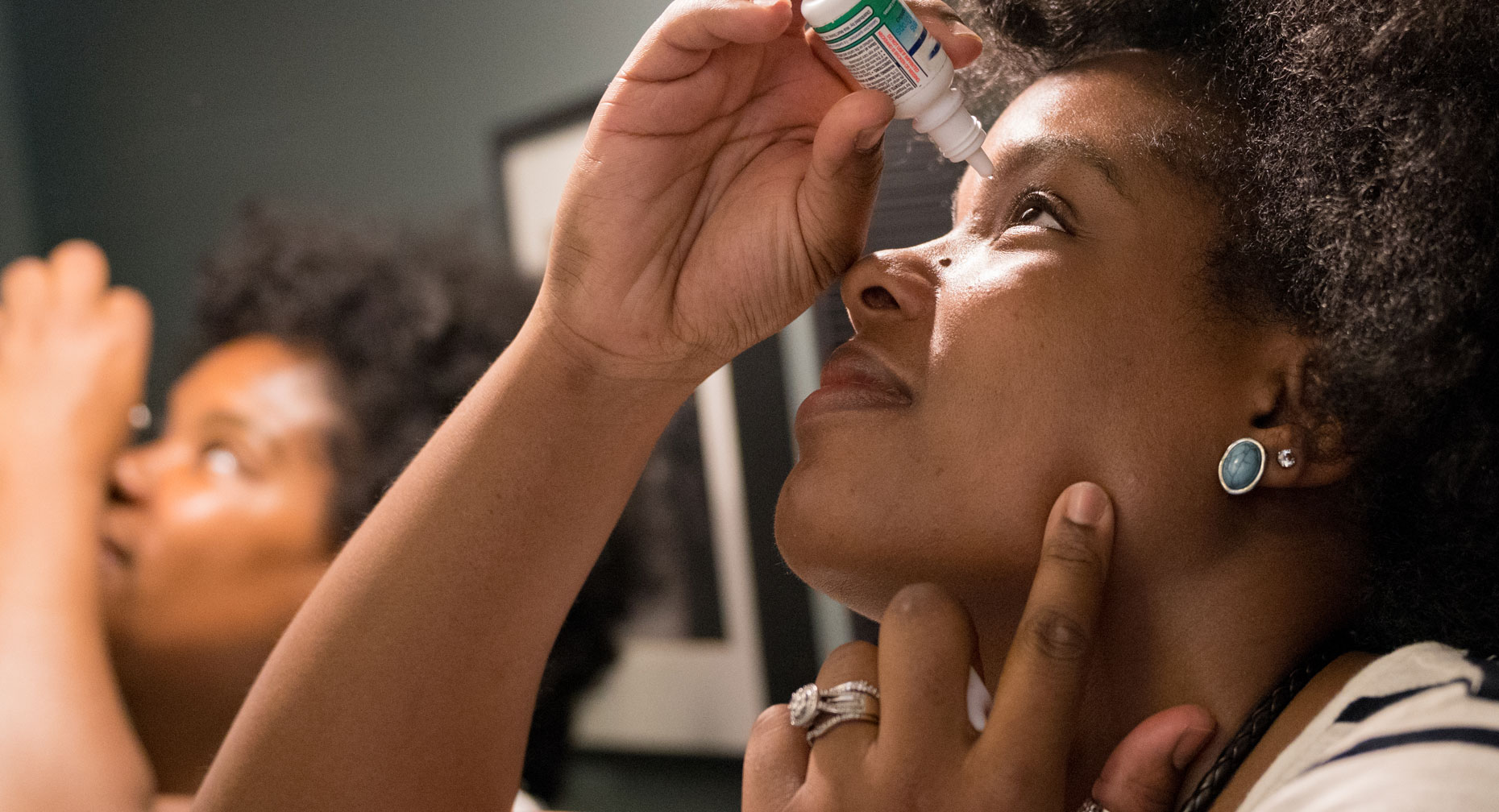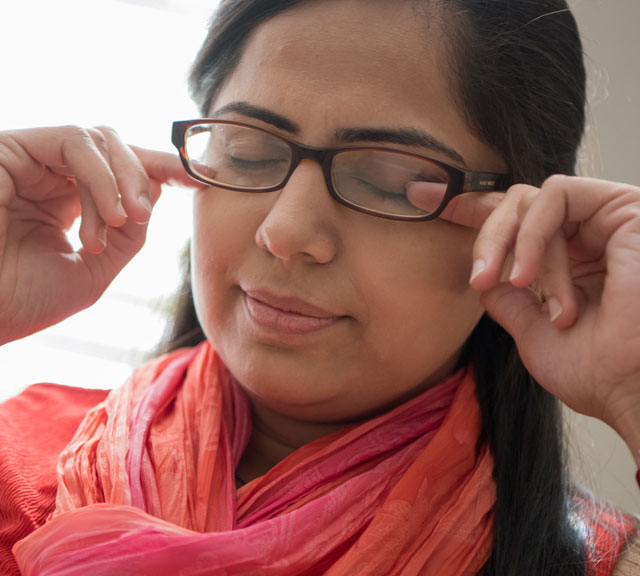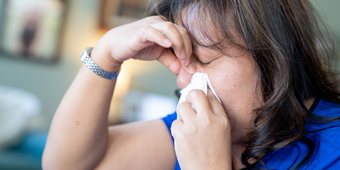Some Tears Are Good: Dealing with Dry Eye

Answer a few questions and we'll provide you with a list of primary care providers that best fit your needs.
Dry eye. Not all medical conditions are so clearly described by their names.
People with dry eye often complain that it feels as though they've lost the lubrication between their eye and their eyelid. The feeling has also been described as scratchy or gritty, and like the sensation of having something in your eye. The dryness of dry eye is indeed most often caused by a problem with the eye's lubrication mechanism: our tears.
Dry eye is very common, and it’s more likely to affect women — more than 3 million in the U.S., along with 1 million men. It’s also more common in older people.
More than simply an uncomfortable annoyance, a medical diagnosis of dry eye is sometimes not taken seriously. However, dry eye can cause serious problems, such as inflammation and blurred vision. In extreme cases, it can even lead to blindness.
Dry eye is a common complaint, especially as we age, but you don’t need to take it sitting down.
Other Symptoms of Dry Eye
In addition to a feeling of dryness or scratchiness, other symptoms of dry eye can include:
- Burning or stinging eyes
- Excessive tearing following periods of dryness
- Pain or redness in the eyes
- Discharge
- A feeling of having heavy eyelids
- Blurred vision
What Causes Dry Eye?

It helps to know a little about what tears are for and how they work. Our tears serve as a protective, lubricating film over the eye. Each time we blink, that tear layer is refreshed, and the surface of the eye is kept clear and smooth. The thin film of tears covering our eyes is made of three layers:
- An outer oily layer, which keeps the surface of the eye smooth and helps keep the tears from drying up too quickly
- A middle watery layer, which keeps the eye clean and helps to wash foreign objects out of the eye
- An inner mucus layer, which helps keep the tears moist and sticking to the eye
When the balance of components in the tear layer changes, or when tear production decreases or tear evaporation increases, dry eye can result. Different factors can bring about those conditions, including:
- Certain medicines, such as diuretics, antihistamines, some antidepressants, some medicines for overactive bladder, and some antinausea and motion-sickness medicines
- Aging. Dry eye is more common among people age 50 and older
- Certain autoimmune disorders, such as lupus, scleroderma and rheumatoid arthritis
- Diabetes, thyroid problems, Vitamin A deficiency
- Environmental causes such as wind, smoke and dryness
- Allergies
Preventing and Treating Dry Eye
If you're experiencing eye discomfort and think you might have dry eye, talk with your eye doctor or other health care provider about getting a comprehensive eye examination. Be sure to let the eye doctor know about your symptoms and to pay particular attention to the quantity and quality of your tears.
Treatment may involve a combination of approaches:
- If medications are causing the problem, your doctor will likely try switching you to optional medicine that won't cause dry eye.
- Over-the-counter "artificial tears" can help relieve mild dry-eye symptoms. More severe cases may be treated with prescription eye medicines.
- Changes in your environment could help, such as cutting back on your computer-viewing time, wearing wrap-around sunglasses that protect your eyes from wind and dry air, stopping smoking and reducing your exposure to second-hand smoke.
- In severe cases, a surgical procedure can block the tear-drainage ducts to prevent tears from draining from the eye.
Dry eye is a common complaint, especially as we age, but you don’t need to take it sitting down. Ask your health care provider what you can do to find relief.
Answer a few questions and we'll provide you with a list of primary care providers that best fit your needs.
Source: National Eye Institute; American Optometric Association; American Academy of Ophthalmology




